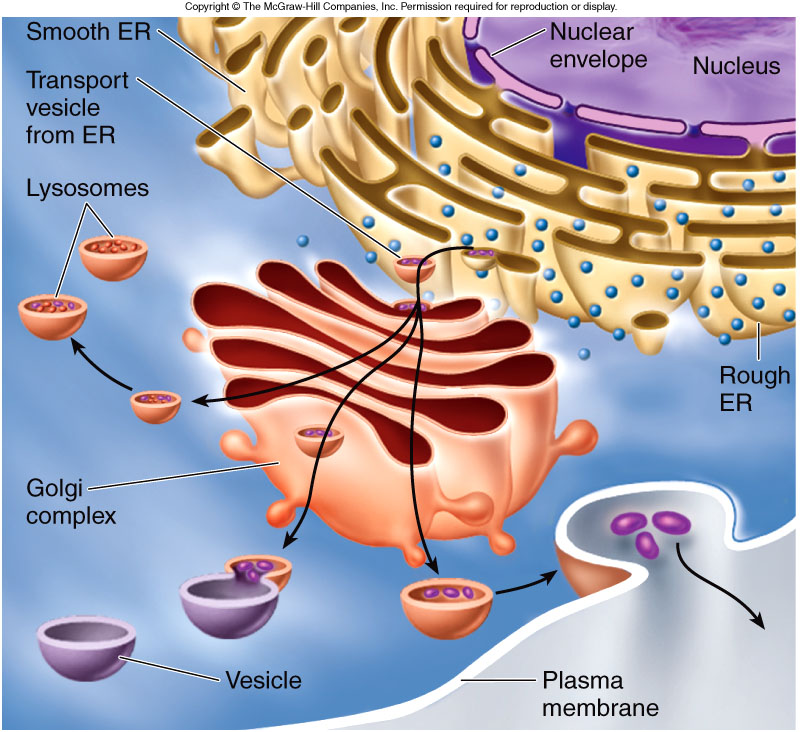This
week in AP Biology we learned about macromolecules. There are four types of
macromolecules, carbohydrates, lipids, proteins, and nucleic acids. They are
the most important molecules of all living things. Carbohydrates, proteins, and
nucleic acids are also organic compounds because of the elements involved in their
makeup.
Carbohydrates
are made up of carbon, hydrogen, and oxygen usually in a 1:2:1 ratio.
The monomer of carbohydrates would be a monosaccharide coming from the Greek
language in which monos means one and
sacchar means sugar. Many of theses
sugars put together will create polysaccharides. One type of polysaccharide is
starch, which is used in plants to store glucose, a food source. Another
polysaccharide is chitin, which is used by arthropods for their exoskeleton. Carbohydrates are very important in day to day life.

One of the more unique macromolecules are lipids
because they have no one true monomer. They are made up of carbon and hydrogen
but also with a small amount of oxygen. Lipids are actually too small to be called macromolecules, but because of their inability to mix with water they are grouped together. Lipids have many forms and functions, but the three most important biologically, are fats, phospholipids, and steroids. A fat is consisted of glycerol and a fatty acid. Fats are used by animals to carry and store energy with them. Phosphlipids are made of two fatty acids bonded to a glycerol, and they are extremly important because they make up our cell membranes. Steroids are made of a carbon skeleton with four fused rings. Cholesterol and sex hormones are types of steroids. These are a few examples of lipids.

With every living thing depending on proteins you could probably say it was one of the most important macromolecules. It literally means in Greek "first" or "primary". The elements present in proteins are carbon, hydrogen, oxygen, nitrogen, and sulfur. The monomer of proteins are amino acids which when bonded together, by peptide bonds, create polypeptides. These polypeptides are what enzymes and insulin are made of. Proteins are very complex and important to our systems.

The fourth macromolecule is called nucleic acids. Carbon, hydrogen, oxygen, nitrogen, and phosphorous are what create nucleic acids. A nucleotide is the building block or monomer of nucleic acids. Nucleotides are composed of a nitrogenous base, a pentose sugar, and one or more phosphate groups. On ethe nucleotides bond together they will create RNA or DNA. RNA is a nucleic acid that does various requirements in gene expression, while DNA store hereditary information. These are what nucleic acids compose and what their functions are.
Macromolecules are complex and large molecules, that make up the critically important molecules of all living beings.





 d aerobically.
d aerobically.


